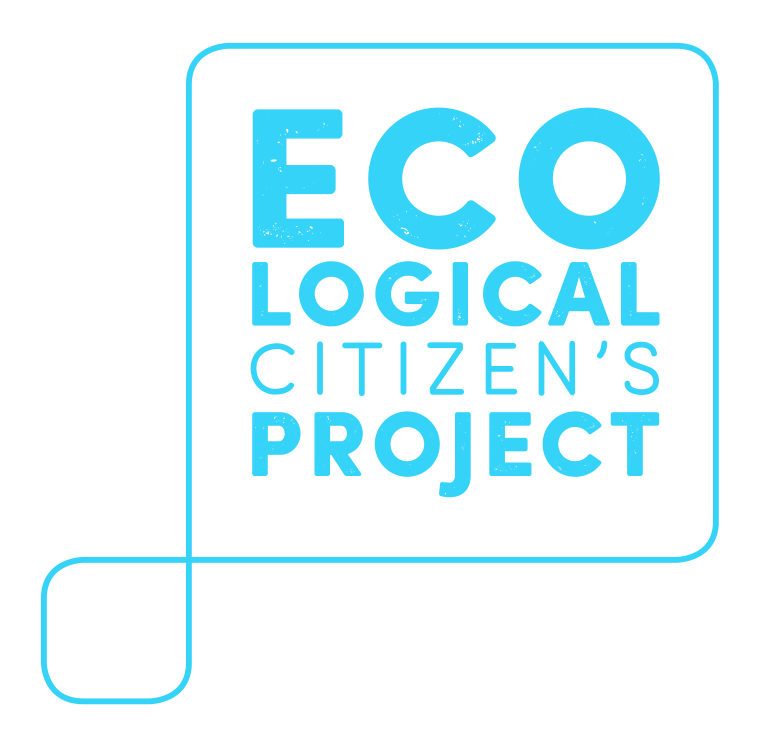ECP goes to DC
On May 23rd, Jason traveled to Washington, DC to represent the ECP at the Department of Energy's Community Power Accelerator (CPA) PitchFest. The first PitchFest brought together 9 innovative community-led solar projects from around the country that received a Phase 1 CPA award and gave them the opportunity to pitch potential funders of their project. A diversity of potential capital providers included Calvert Impact, Enterprise Community Lenders, DC Green Bank, and Invest in Our Future.
It was a deep learning experience, particularly for someone that has spent most of their working life at non-profit, community-based organizations. Solar projects cost a lot of money to build and require financing from big lenders. As we confronted the federal government's goal to move from 30GW of solar in operation today to 100GW by 2030 while meeting "Justice40" goals to drive 40% of solar benefits to economically disadvantaged communities, it became clear that realizing energy justice requires big lenders to re-think what levels of private profit are acceptable.
As the ECP has learned how to be a nonprofit solar developer, we've learned that there's a key metric that solar investors and developers consider when they decide whether to build a project or not - Internal Rate of Return (IRR). The IRR tells you how high private profits will be from investing in a project. But the higher the IRR is, the less revenues there are available to do the good things we want solar to do -- provide electricity bill discounts to low-income people, invest in job training, create a Food Sovereignty Fund, or fund other types of community improvements.
Everybody around the table in Washington, DC recognized the value of achieving the Justice40 goals. The discussion basically boiled down to community-led solar project developers asking capital providers for low-interest financing (or to accept lower IRR projects) so they could build projects that could deliver wider community benefits. Faced with the urgency of climate change and the scale of the energy transition required, it was hard not to wonder if business-as-usual capitalism is up to the task. Will investors be willing to accept lower returns to build something that we all need?
I have hope that they can accept lower private returns in order to achieve greater community benefits. I have hope that the philanthropic community can shift from making short-term donations towards investing in building community-owned infrastructure that will create a long-term, locally controlled source of revenue. I have that hope, because last spring when the ECP asked supporters to make a charitable contribution to invest in direct project financing for the Peekskill solar project, 12 contributors helped us raise $100,000 that will maximize low-income bill savings, Food Sovereignty Funds and community benefits. The transformation in our energy system could mean a transformation in community wealth and that potential community wealth represents an intentional redistribution of wealth in our society.

